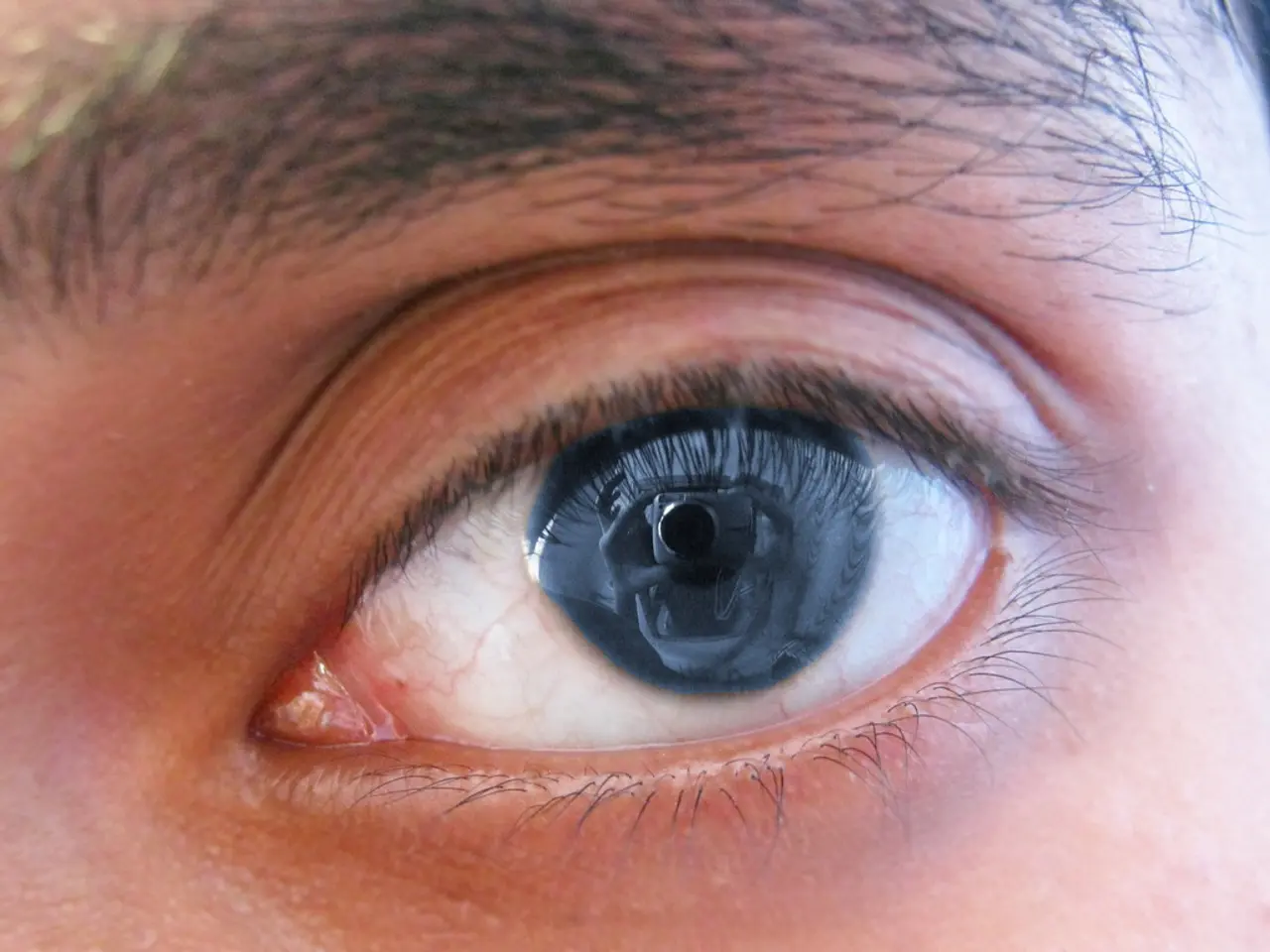Injections for vision complications associated with diabetes
Diabetes can have a significant impact on a person's eyesight, leading to conditions such as diabetic retinopathy and diabetic macular edema. Fortunately, various treatments are available to manage these conditions and preserve vision.
Main Treatments
The primary treatment for diabetes-related eye conditions involves the use of anti-VEGF (vascular endothelial growth factor) medications. Commonly used drugs in this category include Avastin, Eylea, Lucentis, and the implant Susvimo (ranibizumab). These drugs work by blocking VEGF, a protein that promotes abnormal blood vessel growth and leakage in the retina, thus reducing swelling and preventing further damage.
The medications are injected directly into the vitreous humor (the gel-like substance inside the eye) through a small needle. Injections are usually performed in a doctor's office under sterile conditions. The frequency varies but often starts with monthly injections, then spacing out based on response. Susvimo is an implant inserted surgically that slowly releases ranibizumab over several months, reducing injection frequency.
Side Effects and Complications
Side effects of these injections are usually mild and temporary, including blurred vision, floaters (tiny air bubbles), redness and soreness at the injection site, watery eyes, small red spots on the eye surface, and mild eye pain.
However, there are rare but serious complications that require urgent medical attention. These include severe eye infection (about 1 in 2,000 cases), increased intraocular pressure, retinal detachment or tears, hemorrhage inside the eye, cataract progression, severe allergic reactions and inflammation, and other complications.
Alternative Treatments
In cases where anti-VEGF injections are insufficient, alternative treatments may be considered. These include intraocular steroids and anti-inflammatory drugs, which can help reduce eye swelling.
Laser photocoagulation therapy is another option. This therapy seals leaking blood vessels around the retina to prevent fluid buildup.
In advanced cases, surgical options, such as vitrectomy, may be necessary.
It's also crucial to maintain good systemic control of diabetes to slow disease progression.
In conclusion, anti-VEGF injections are the frontline treatment for diabetic retinopathy and macular edema, offering effective control with generally mild side effects. However, careful monitoring is essential to detect rare but serious complications early. For those who do not respond well to anti-VEGF injections, alternative treatments such as steroids, laser therapy, and surgery may be considered.
- Diabetic retinopathy and diabetic macular edema are retinal problems that can lead to blindness as a result of diabetes-induced degeneration.
- Science has brought forth various treatments for these conditions, with anti-VEGF medications as the primary remedy.
- Avastin, Eylea, Lucentis, and Susvimo (ranibizumab) are common anti-VEGF medications used to treat these eye conditions.
- These drugs function by blocking the vascular endothelial growth factor (VEGF) protein, preventing abnormal blood vessel growth and leakage in the retina.
- The medications are administered through injections into the vitreous humor, usually performed in a doctor's office under sterile conditions.
- Monthly injections are often the start, but frequency adjusts based on the individual's response to treatment.
- Side effects of these injections are generally mild and temporary, including blurred vision, floaters, redness, soreness, watery eyes, small red spots, and mild eye pain.
- Despite the mild side effects, rare but serious complications can occur; these require immediate medical attention.
- For instance, there's a risk of severe eye infection, increased intraocular pressure, retinal detachment or tears, hemorrhage inside the eye, cataract progression, severe allergic reactions, and inflammation.
- When anti-VEGF injections prove insufficient, alternative treatments such as intraocular steroids, anti-inflammatory drugs, and laser photocoagulation therapy can be considered.
- Laser photocoagulation therapy seals leaking blood vessels around the retina to prevent fluid buildup.
- In advanced cases, surgery like vitrectomy might be necessary.
- Maintaining good control of diabetes systemically slows the progression of the disease.
- It's essential to keep a close watch for complications, as early detection improves treatment outcomes.
- Apart from eye health, chronic diseases like cancer, respiratory conditions, digestive health issues, and neurological disorders also require prompt attention.
- To ensure holistic health and wellness, maintaining a balanced diet, regular fitness and exercise, adequate skin care, and periodical check-ups are crucial.
- In addition, taking care of mental health, men's health, women's health, parenting, and weight management becomes increasingly important with aging.




